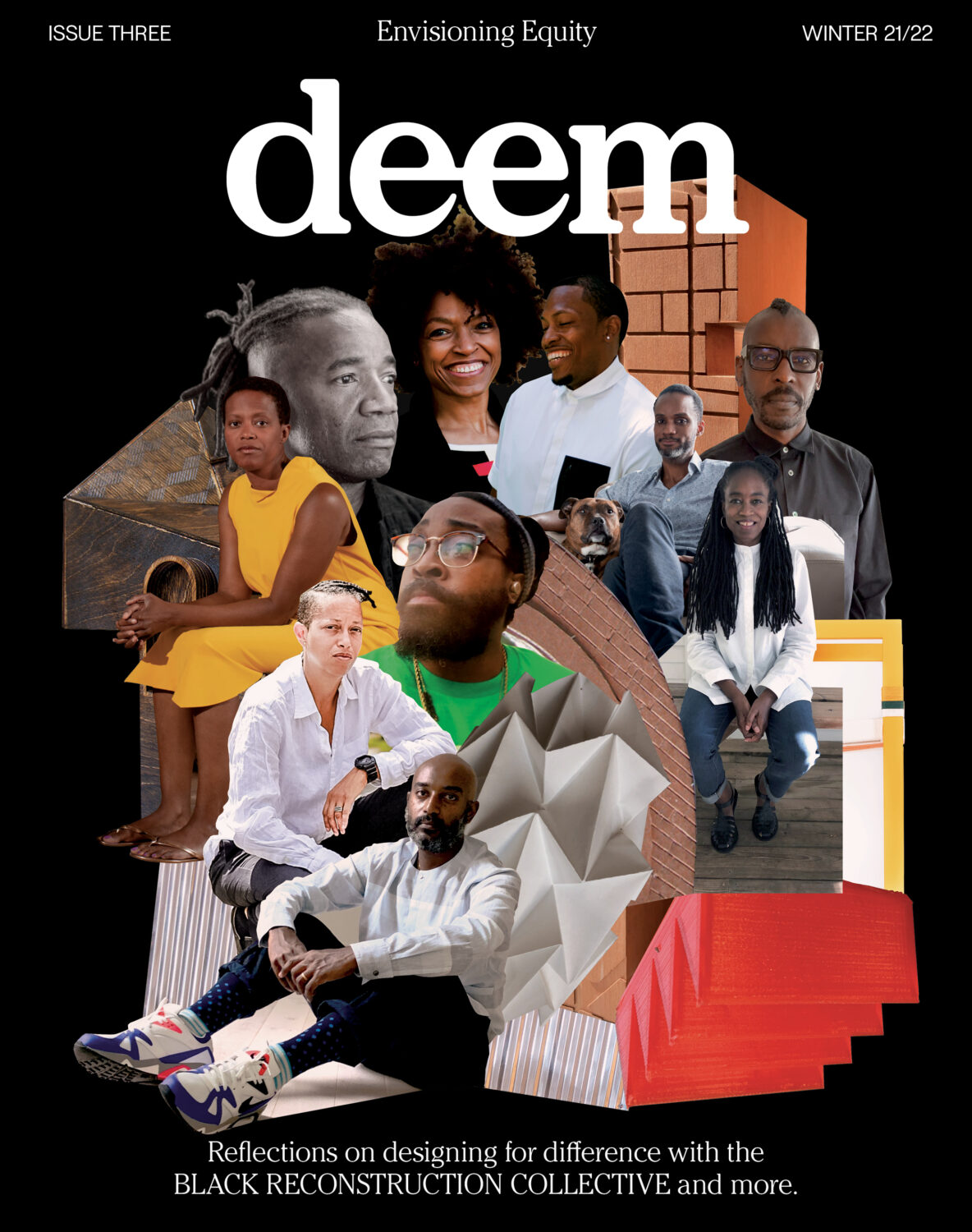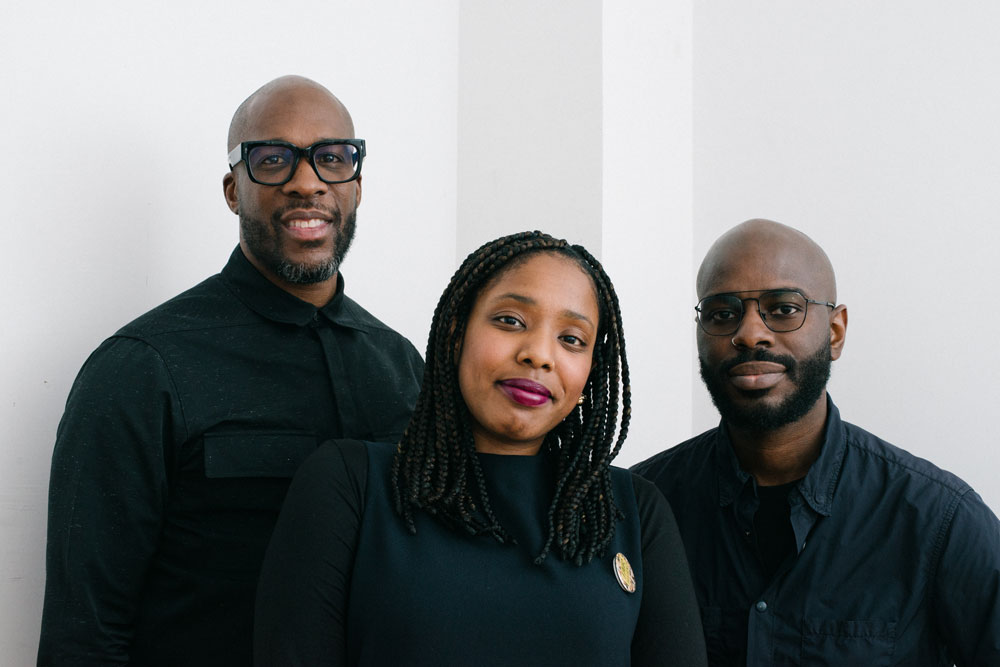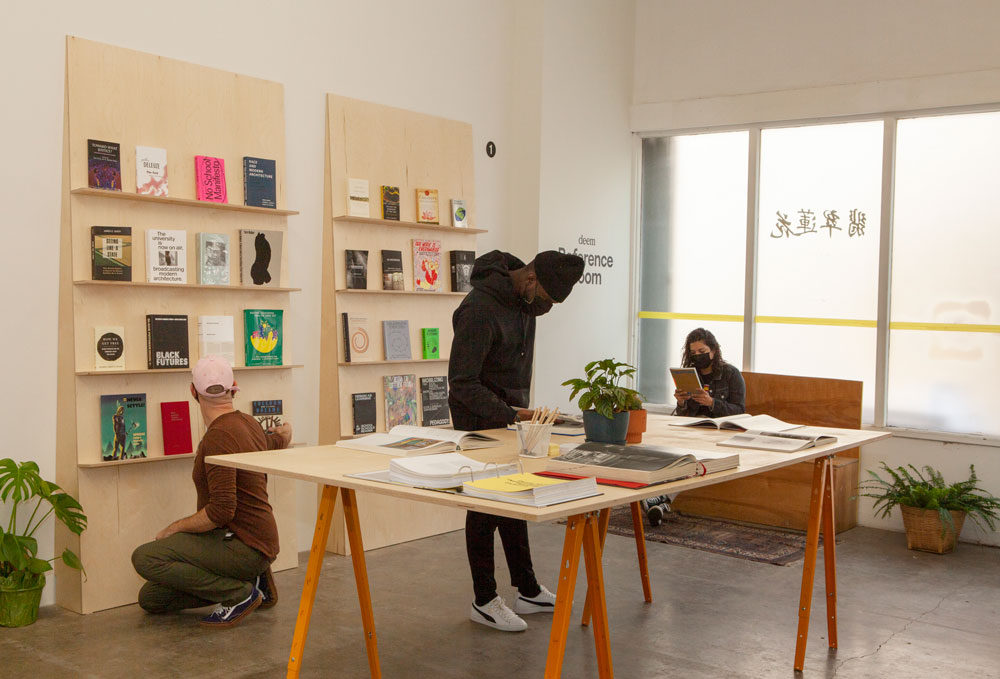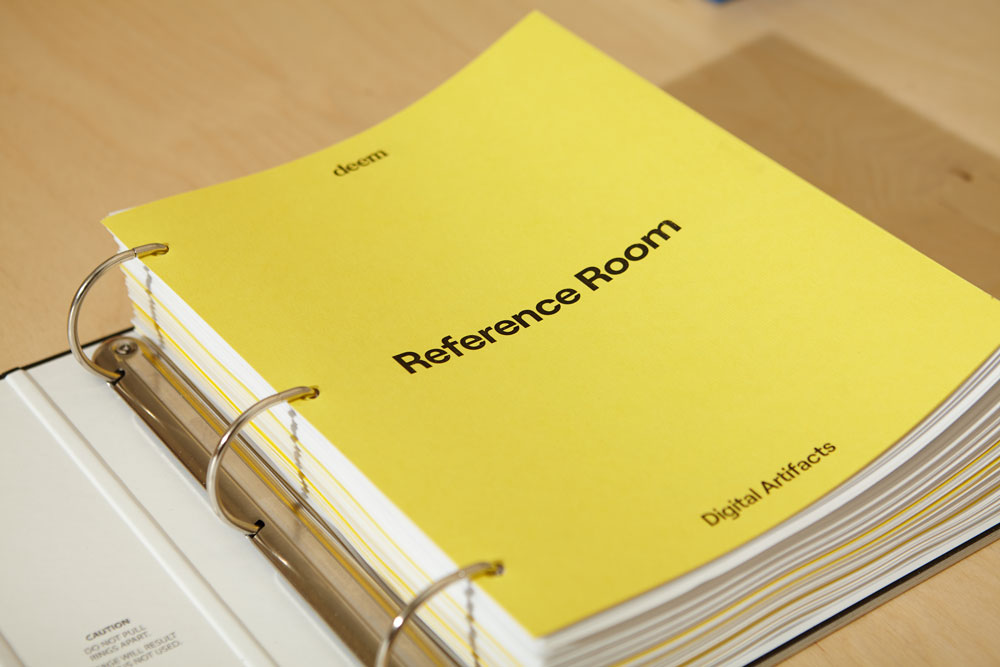Design As Social Practice — Deem Journal’s Founders Unpack The Magazine’s Latest Issue
By Something CuratedLos Angeles-based biannual print publication Deem Journal explores the world through the value of design. Born out of the belief that design is a constant part of our daily lives, founders Nu Goteh, Alice Grandoit, and Marquise Stillwell, along with their collaborators, identified a disconnect in the way people talk and think about design. The founders share the perception that humans are often preoccupied with aesthetics and the tangible output of design as opposed to the diverse, process-oriented practice that it is. In response, the journal provides an in-depth look into the function of design within communities through careful consideration of their histories, exploring futures where design forges an inclusive dialogue. Centring design as a social practice allows for non-traditional designers to identify with the field, expanding the consciousness of design as a complex lived experience, accessible to an array of audiences across disciplines. To learn more about the publication’s conceiving and Deem’s latest issue, Something Curated spoke with the journal’s founding editors.

Something Curated: Can you give us some insight into your respective backgrounds and how you first came together?
Nu Goteh, Alice Grandoit & Marquise Stillwell: Our creative backgrounds intersect between design, community engagement, and urbanism: Room for Magic, a design research studio based in LA with a background in the arts and culture, and Openbox, which is based in NY and focused on human-centred approaches to designing cities.
SC: How was Deem Journal born?
NG, AG & MS: Deem Journal is a creative partnership between Los Angeles-based Room for Magic and NY-based Openbox. It’s an extension of our studio practice in which we make the design process for ourselves and for others a space of shared inquiry. Together, we are creating a constellation of practices that constitute new points of reference in design. It’s an active healing from systems of oppression by engaging with conditions of possibility and lifting the voices and visions of many who are actively realising this.

SC: Could you expand on the publication’s editorial approach and ambition, in particular the idea of positioning design as a social practice?
NG, AG & MS: Centring design as a social practicewas an important editorial pillar for us because it allowed us to dig beyond the dominant canonical HCD (human-centred design) frameworks and to centre the voices and experiences of marginalised groups who are both underrepresented and under-theorised by design in our research. Social practice is a form of creative engagement focused on human interaction; in other words, designing how people exist together. Social practice considers people and relationships as forms which allows us to showcase the relational capacities for design both within the community context as well as within the practice of making media.
We’re interested in how we invite more voices and thinkers into design conversations to be co-conspirators in designing the futures we collectively envision. Over the course of making the past three issues of Deem, our editorial approach has become pronounced; we attempt to approach complex and theoretical issues with clarity and real world context. We’re interested in elevating subjective experience and singular perspectives by compiling an intersection of voices across identities, disciplines, geographies, and generations.

SC: Tell us about the latest issue, Envisioning Equity — what are some of the topics broached?
NG, AG & MS: Issue Three explores equity as a complex design challenge, acknowledging that the distribution of ownership within our current social system did not occur naturally, but was specifically manufactured to create and maintain inequity. Over the past year we realised terms like equity and equality have landed at the foreground of pop-cultural conversations, but are frequently used interchangeably and erroneously. While equality means each individual receives the same resources or opportunities, equity recognises that each person has different circumstances and allocates the exact resources and opportunities needed to reach an equal outcome. Issue Three unpacks these differences through a variety of features, interviews, and criticism on interdependence, reparative architecture and reconstruction, neurodiversity, radical imagination, anthropology, and new interpretations of equitable reform.

SC: How did you think about the creators to include in the issue?
NG, AG & MS: We are interested in people who have a community-engaged creative practice that might be in conversation with and/or expand our thinking on a topic we’re exploring for the issue. Part of our mission is to democratise design by reflecting progressive design processes in communities and practitioners that may not fall directly under the umbrella of design, but are leveraging adjacent approaches to create positive social impact.

SC: Aside from Deem Journal, what are you reading at the moment?
NG, AG & MS: Making each issue of Deem kicks off with a research phase, pulling from many different books, articles, and lectures. We recently launched our first-ever Reference Room — a public gathering space for people to experience some of the reading materials that have inspired us when producing Deem. (A full reading list and information about the Reference Room can be found here.) Also, Lessons from Plants by Brenda Montgomery; Narrative Architecture: A Kynical Manifesto by Cruz Garcia & Nathalie Frankowski / WAI Architecture Think Tank; and In Search of African American Space: Redressing Racism published by Lars Mueller.
Feature image: Deem Journal founders. Photo by Guarionex Rodriguez, Jr.. Courtesy Deem Journal.